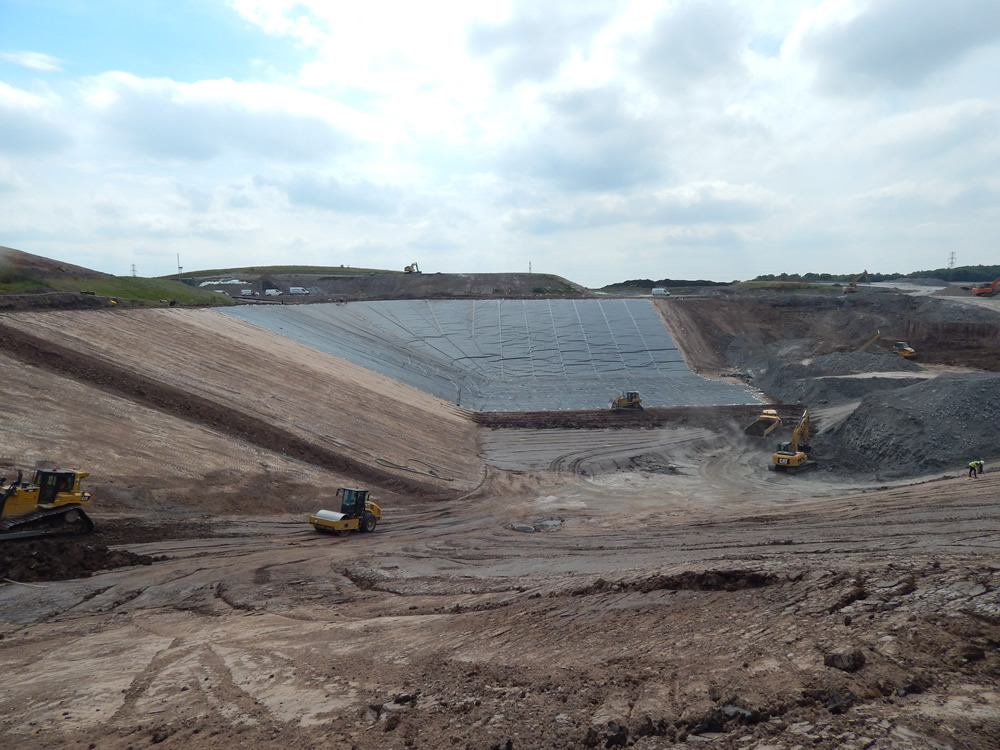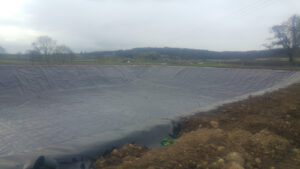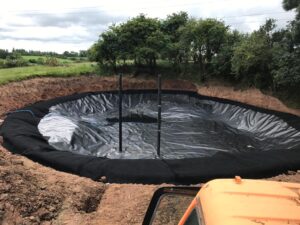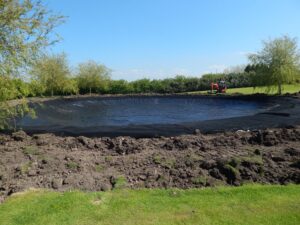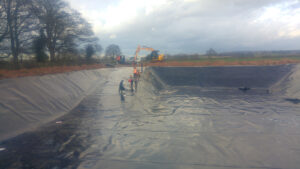Landfills and solid waste impoundments play a crucial role in managing the vast amounts of waste generated by communities worldwide. However, these facilities must prioritise environmental protection to prevent contamination of soil and water. One pivotal element in this effort is the use of landfill basal liners, a vital component in safeguarding our environment.
Landfill basal liners serve as a foundational barrier between the waste materials and the underlying soil and groundwater. Composed of impermeable materials like clay, geomembranes, or synthetic liners, these barriers prevent leachate, a potentially harmful liquid formed by decomposing waste, from seeping into the surrounding environment. They form a protective layer, effectively containing pollutants and preventing their migration into the soil and water sources.
One of the primary objectives of landfill basal liners is to mitigate the risk of groundwater contamination. Without these liners, the leachate produced by the decomposition of waste can infiltrate into the soil, potentially reaching groundwater reservoirs. Such contamination poses severe risks to public health and the environment, as it can introduce hazardous substances into drinking water sources.
Moreover, landfill basal liners help in controlling the spread of contaminants horizontally. By confining leachate within the designated landfill area, these liners prevent the migration of pollutants towards neighbouring areas, thus safeguarding surrounding ecosystems and habitats.
The significance of landfill basal liners is further highlighted by regulatory requirements and standards that mandate their use in waste management facilities. Governments and environmental agencies impose stringent guidelines to ensure the proper installation and maintenance of these liners to minimise environmental risks associated with landfill operations.
However, while landfill basal liners play a crucial role, their effectiveness heavily relies on proper design, installation, and maintenance. Any compromise in these aspects can lead to liner failure, potentially resulting in environmental contamination. Regular inspections, repairs, and adherence to industry best practices are essential to ensure the longevity and functionality of these protective barriers.
It’s also worth noting that alongside landfill basal liners, additional protective measures such as leachate collection systems and cover materials contribute to comprehensive environmental protection within waste management facilities. These combined efforts work synergistically to minimise environmental impacts and ensure the safe containment of waste.
In conclusion, landfill basal liners serve as indispensable components in the realm of waste management, particularly in safeguarding the environment within landfills and solid waste impoundments. Their role in preventing contamination of soil and groundwater underscores their importance in upholding environmental sustainability standards. By adhering to regulatory guidelines and implementing robust maintenance practices, these liners contribute significantly to mitigating the environmental risks associated with waste disposal, fostering a safer and healthier environment for communities and ecosystems alike.
To find out more about our products and services and how we can help you, please contact us using the below –
Tel: 01695 228626
Email: enquiries@enviroseal.co.uk

